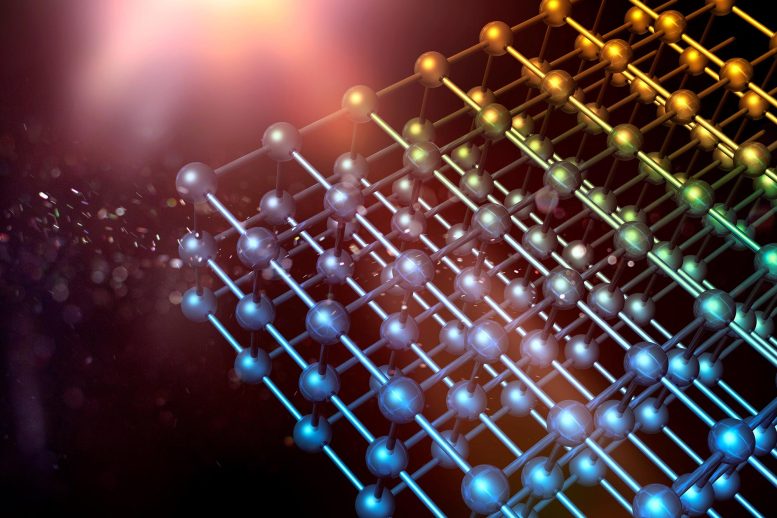
Researchers from the University of Bath discovered that adding sugar units to polymers increases their degradability when exposed to UV radiation
Many plastics that bear the biodegradable label can only be composted in industrial settings, but researchers at the University of Bath have now discovered a method to break down plastics using just UV light.
The public’s concern about plastic waste has led to the widespread usage of PLA (Poly(lactic acid), which is a renewable, sustainable alternative to polymers made from crude oil. PLA is used in everything from throwaway cups and teabags to 3D printing and packaging.
Although it is sometimes advertised as biodegradable, it only dissolves under industrial composting conditions of high temperatures and humidity, which are not possible in residential compost heaps. It has also limited biodegradability in natural environments, such as soil or the ocean.
UV Light: A New Method for Breaking Down Plastics
Scientists at the University of Bath’s Centre for Sustainable and Circular Technologies (CSCT) have now discovered a method that could increase the rate at which these polymers degrade in the environment.
The scientists discovered that by adding various quantities of sugar molecules to the polymer, they could modify how quickly the plastic degrades. They discovered that incorporating as little as 3% of sugar polymer units into PLA caused it to degrade by 40% in only six hours when exposed to UV light.
Most promisingly, the technology is compatible with existing plastic manufacturing processes, meaning it could potentially be tested and adopted quickly by the plastics industry.
The findings were recently published in the journal Chemical Communications. The researchers hope their findings will be used in the future by the plastics industry to help make plastic waste more degradable at the end of the life of the product.
Dr. Antoine Buchard, Royal Society University Research Fellow and Reader in Polymer Chemistry from the CSCT, led the research, which was funded by the Royal Society.
He said: “Lots of plastics are labeled as biodegradable, but unfortunately this is only true if you dispose of it in an industrial waste composter – if put into domestic compost heaps, it can last for years.
A Step Towards More Degradable Plastics
“Most PLA plastics are made up of long polymer chains which can be difficult for water and enzymes to break down. Our research adds sugars into the polymer chains, linking everything together by bonds that can be broken using UV light.
“This weakens the plastic, breaking it down into smaller polymer chains that are then more sensitive to hydrolysis.
“This could make the plastic much more biodegradable in the natural environment, for example in the ocean or in a garden compost heap.
“Previously scientists have looked at enhancing the degradability of PLA to water – hydrolysis – but this is the first time anyone has looked at using light.
“This strategy remains to be translated to real-life plastics objects and tested with sunlight, but we hope our technology could be used in the future to make plastics that are strong when you’re using them, but can break down easily when reuse and recycling are not possible anymore.”
Reference: “UV degradation of poly(lactic acid) materials through copolymerisation with a sugar-derived cyclic xanthate” by Craig Hardy, Gabriele Kociok-Köhn and Antoine Buchard, 6 April 2022, Chemical Communications.
DOI: 10.1039/D2CC01322C
Never miss a breakthrough: Join the SciTechDaily newsletter.
1 Comment
“… if put into domestic compost heaps, it can last for years.”
As well it should. I have serviceable clothes that I have owned for decades. I don’t want outer garments exposed to the sun degrading and exceeding their life-expectancy after wearing them outdoors for two or three days. It takes a lot of energy to not only manufacture new fabric, but to assemble that fabric into clothing. It should, ideally, wear like ‘leather.’
The solution to the biodegradability of plastics that are no longer serviceable is pyrolysis. Set up recycling centers in hot deserts where the heat from sunlight can breakdown the plastics.